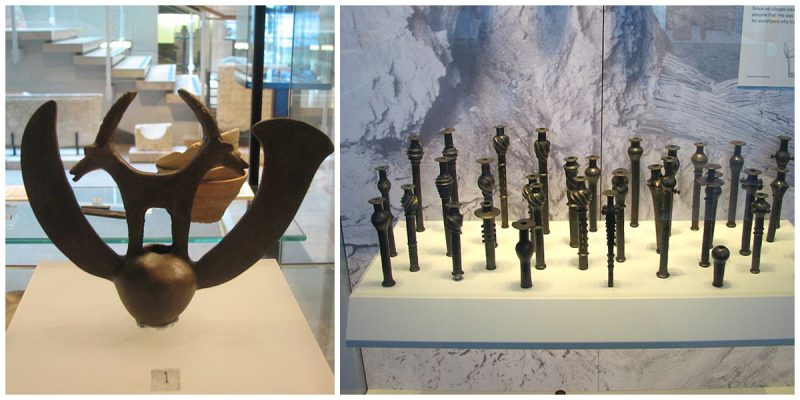The Nahal Mishmar hoard, found in a cave (which became known as the ‘Cave of Treasures’) in the Judean Desert in 1961 by the Israeli archaeologist Pessah Bar-Adon, is a key find for the study of Chalcolithic metallurgy in Israel and the Levant.

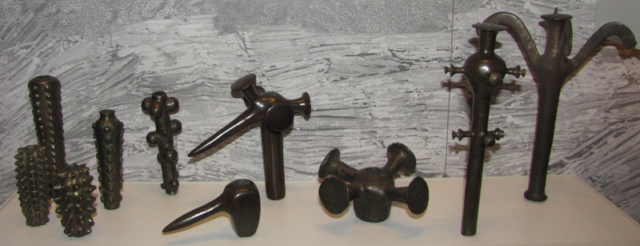
Hidden in a natural crevice, covered by a large rock, and wrapped in a straw mat, the archeologists found the most extraordinary and unique collection of copper, bronze, stone and ivory artifacts. The hoard included 432 copper, bronze, ivory and stone decorated objects – 240 mace heads, about 100 scepters, 5 crowns, powder horns, tools and weapons.
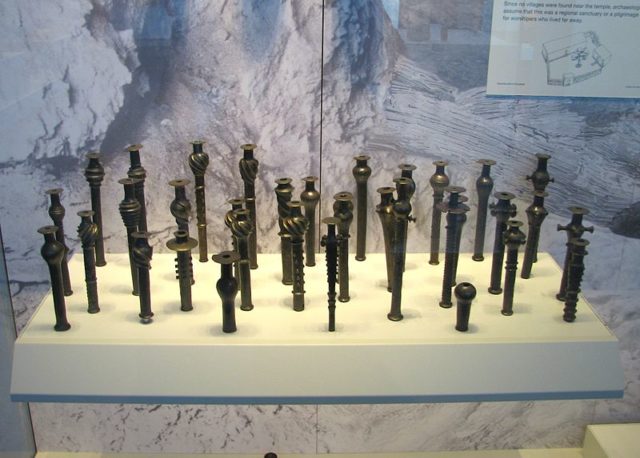
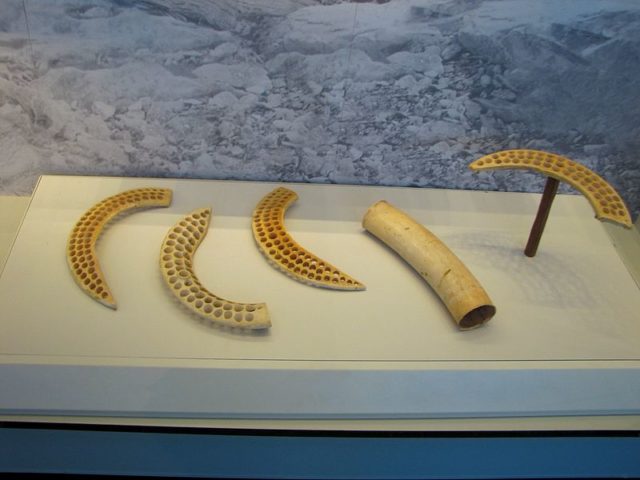
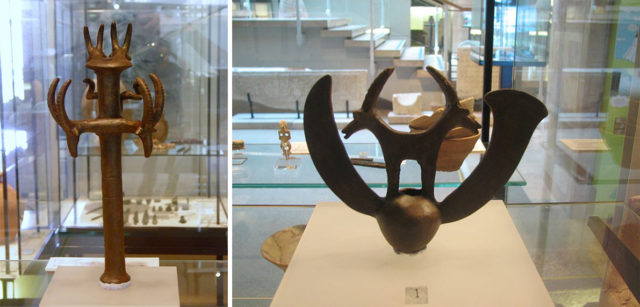
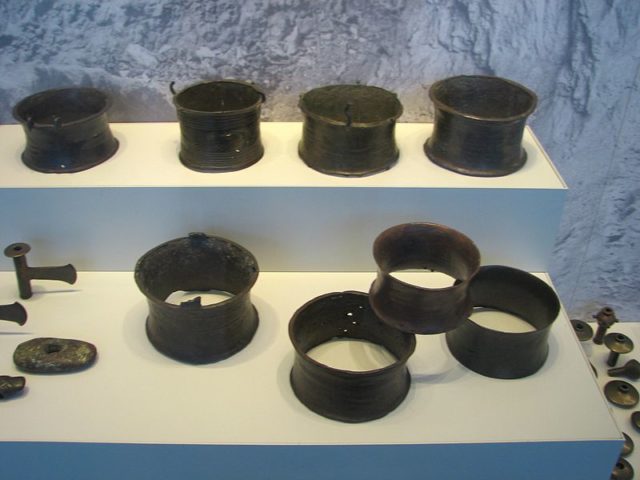
Some of the tools in the hoard were made of a copper, containing a high percentage of arsenic (4–12%) which is harder than pure copper and more easily cast so the objects should technically be described as arsenical bronze. Radiocarbon dating showed that they were from the Chalcolithic or Copper Age, between 4000 and 3500 BC. This discovery spectacularly illustrates the recurrent restrictions of the surviving material record as evidence for ancient metallurgy.
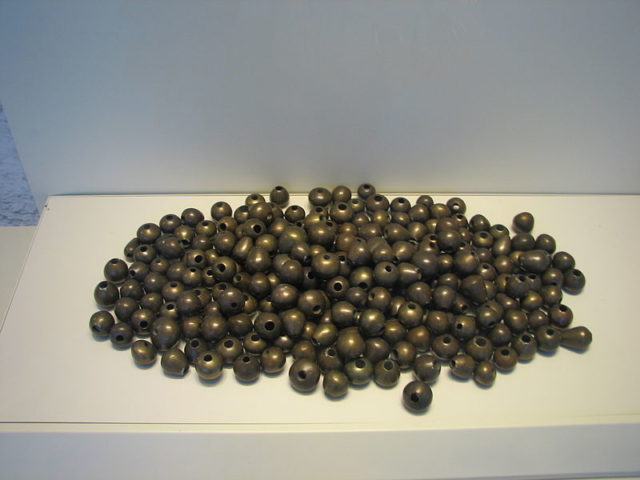

Many of these copper objects were made using the lost-wax process, the earliest known use of this complex technique.
“Carbon-14 dating of the reed mat in which the objects were wrapped suggests that it dates to at least 3500 B.C. It was in this period that the use of copper became widespread throughout the Levant, attesting to considerable technological developments that parallel major social advances in the region.”

Prominent finds from the hoard are currently on display in the archaeology wing of the Israel Museum in Jerusalem.
